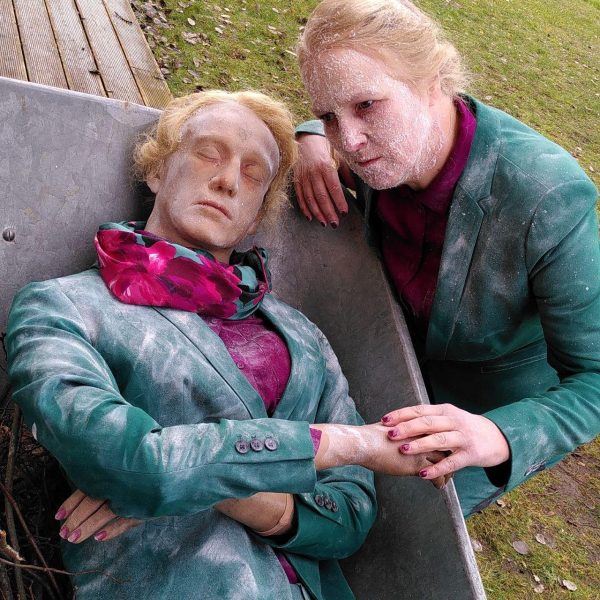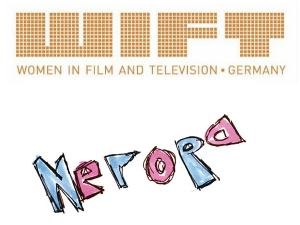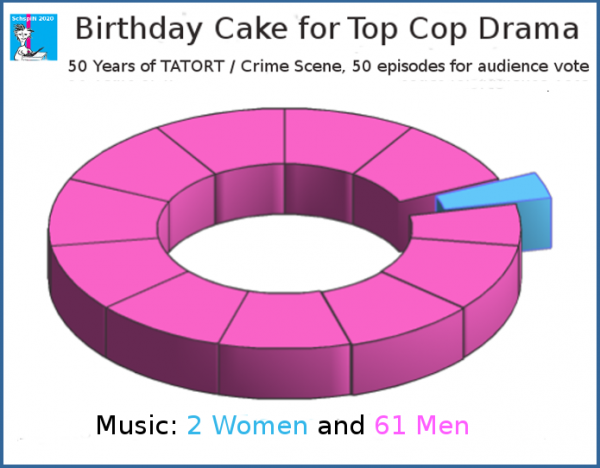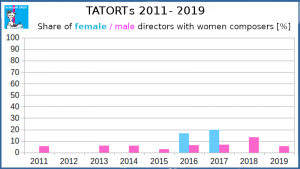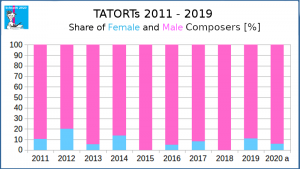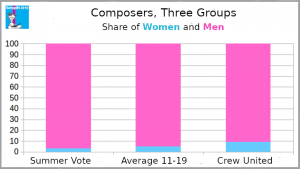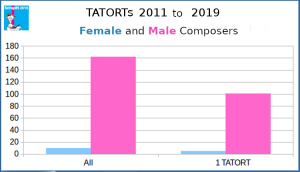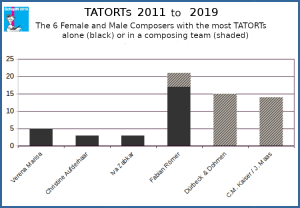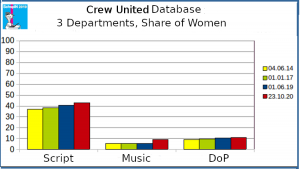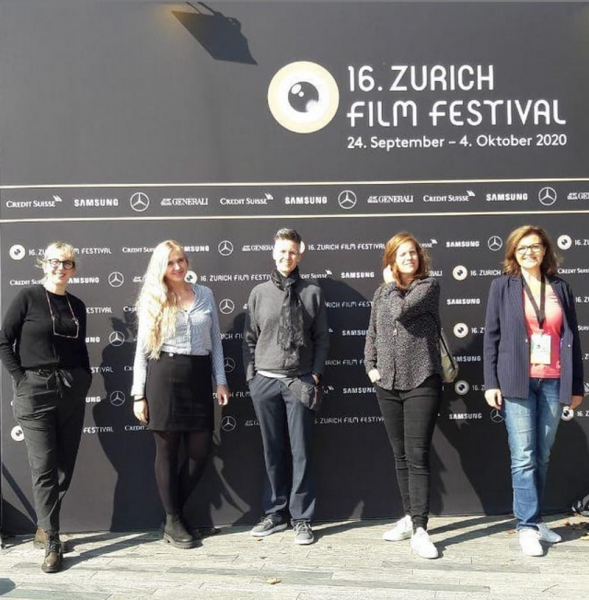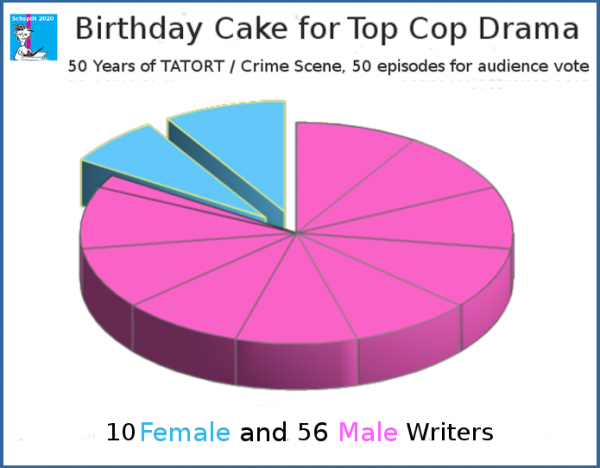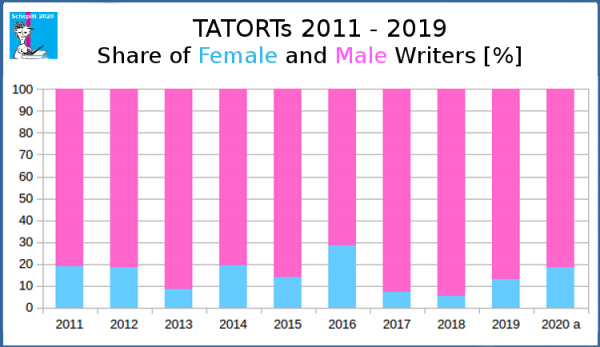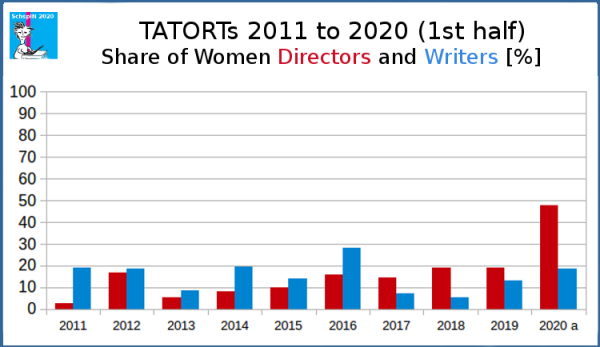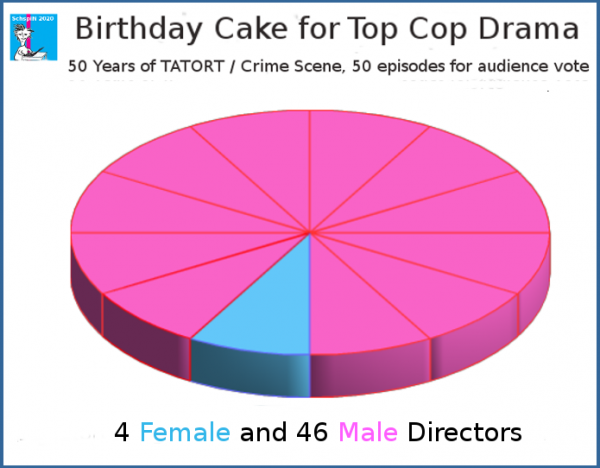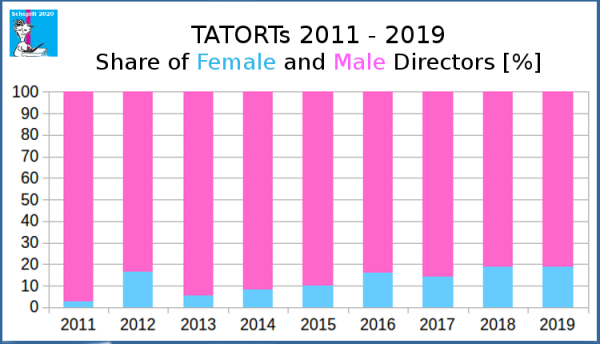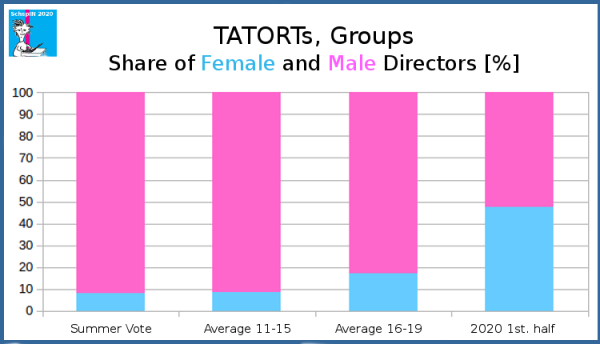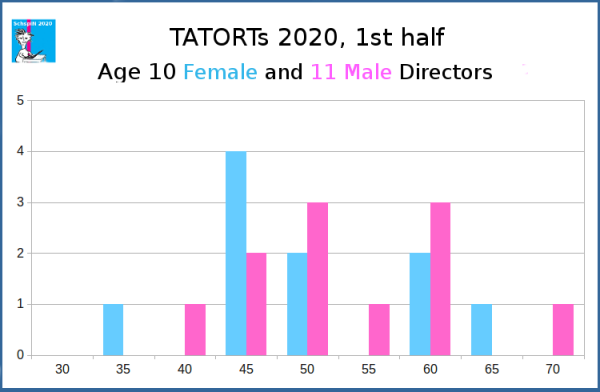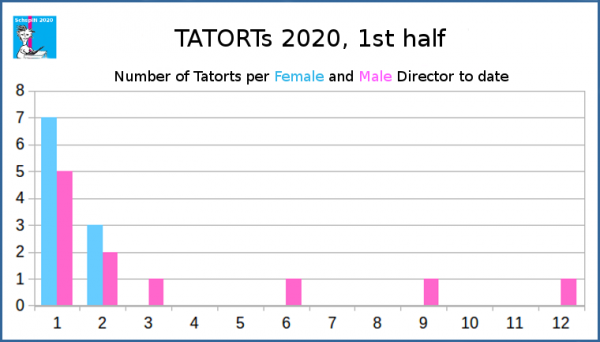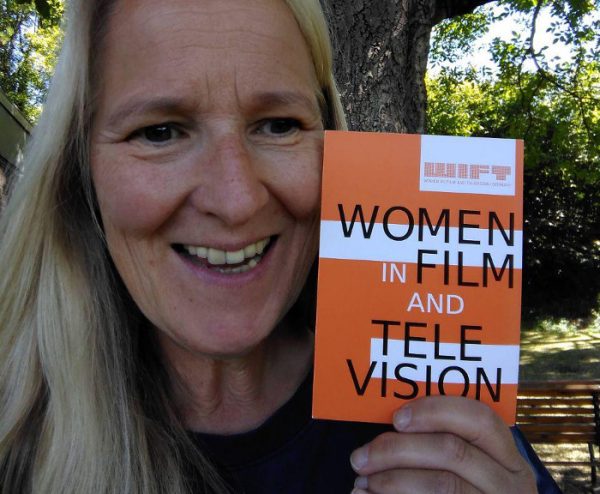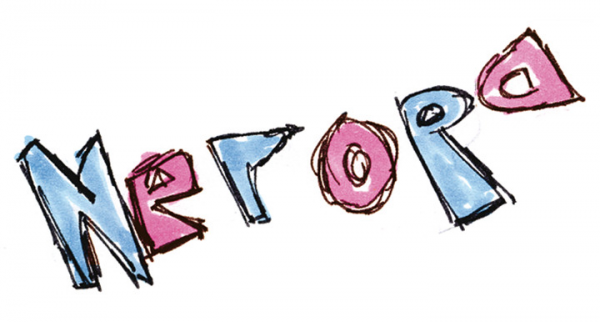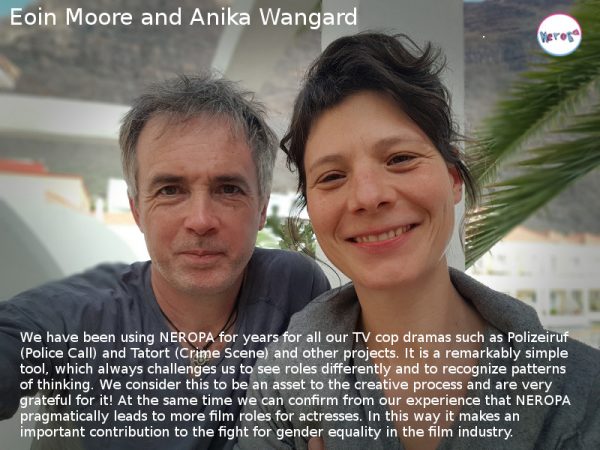善は急げ
Good Deeds should be Done without Hesitation
Culture for Vaccinateds from March 1
• Summary: Bread and Play – Two Birds with One Stone
• Why does culture need a new perspective?
• Why do old people need a new perspective?
• The big Chance
• Spoilsport
• The Proposals do not go far enough
• Why is no one shouting „Here!“
• What can be done? #Kultur4Geimpfte0103
Bread and Play – Two Birds with one Stone
Theatres, concert halls, museums, galleries, cinemas, leisure centers, literature houses, district centers, … they are currently closed to protect the population. This is sad for the public, and hard for the active people concerned – quite a few cultural workers have thus fallen into financial hardship through no fault of their own.
Many cultural institutions had already developed comprehensive hygiene concepts for the changed situation, the events on the stages were re-choreographed, everyone kept their distance, people spoke, shouted and sang to the front rather than to their colleagues, orchestras were decimated with large distances between the desks. And also in the auditorium rules of distance were implemented – you may remember the pictures of long empty rows with isolated audience members.
Since the end of December, people have been vaccinated against the coronavirus, initially in homes and nursing homes for residents and also for nursing and medical staff. In the next step, people over 80 living at home may now also be vaccinated. We can therefore assume that by the end of February, several million people will no longer be able to contract Covid-19 after their second vaccinations – and according to current knowledge. Mainly old people.
That’s perfect! Old people and culture, they go together. Not only since today. Therefore #Culture4Vaccinated0103 from March 1:
Open the galleries – but only for the vaccinated.
Open the concert halls – but only for vaccinated people.
Open the cinemas – but only for vaccinated people.
Open the cultural centers – but only for vaccinated people.
Open the museums – but only for vaccinated people.
Open the theatres – but only for vaccinated people.
As far as I know, there have been no corona infections, no corona hotspots in theatres, concert halls or museums in the last 12 months. Check the hygiene concepts on and behind the stages, in the administration, the workshops, the postcard shop….. You just have to be careful that artistic and non-artistic personnel keep their distance, wear FFP2 masks and protect each other.
The audience – the vaccinated – do not take any risk and presumably do not pose any danger to others, even according to the current state of research.* And because only vaccinated people are allowed into the performances, all seats can be filled, not just 20% with large distances.
In 2020, the value-added tax was specially lowered to increase consumption. Great, and now let’s kick off cultural consumption. Let the first vaccinated people be the first to be allowed back, the rest of us will follow when we are also vaccinated in the summer or when the infection figures are so low that cultural institutions will be reopened to everyone under certain conditions.
*The question of whether vaccinated people can infect other people does not yet seem to be clearly answerable. But basically it doesn’t matter for this proposal. The vaccinated can disinfect their hands at the entrance to the cultural institution, go with everyday masks to the ticket control and take off the mask only at the place. Only vaccinated people sit in the hall, and they cannot infect each other because they are vaccinated. In museums, sufficient distance and FFP2 masks must be provided for ticket and supervisory personnel. For visitors among themselves the distances do not apply, for the reason mentioned.
Bread for the cultural workers, games for the elderly.
Why does culture need a new perspective?
At present, ‘culture’ is being cancelled or postponed (see, for example, the program of the Elbphilharmonie and Laeiszhalle in Hamburg), or shifted as far as possible into digital spheres.
Concerts take place without an audience, orchestras, solo artists and bands are on stage with due intervals, and the audience can experience them on the radio, via livestream, on demand or in media libraries free of charge or with online tickets from a distance.
The house is closed, the situation difficult – but the Berliner Philharmoniker play their concerts, as best they can, in front of cameras and microphones. (Source DLF Kultur)
In the 2020/21 season, in addition to its concerts at the Berlin Philharmonie, the DSO will also be regularly present on the programs of Deutschlandfunk Kultur, Deutschlandfunk and rbbKultur, as well as on other ARD broadcasting stations, thanks to its radio partners and shareholders. (Source Deutsches Symphonie Orchester Berlin).
Many concert halls and orchestras do similar things. For other musicians it is often more difficult – they do not perform on large stages but in smaller cultural institutions, clubs or churches.
Galleries and art halls are also closed in real life and exhibit at most virtually:
To counteract the spread of the Corona virus, the Hamburger Kunsthalle will be closed from November 2, 2020 to February 14, 2021. There will be no exhibition program during this period. Our analog event program is expected to start on February 2, 2021.
Still open and accessible from everywhere remain our offers in the digital space – use our offers on the website, explore our online collection or follow us on social media. (Source Hamburger Kunsthalle)
Cinemas are closed. They sell tickets for future screenings, or hope for solidarity, such as through the fundraising campaign FORTSETZUNG FOLGT – Berliner Programmkinos retten:
From exclusive theatrical releases to the craziest festivals & most interesting events to great arthouse films, cinema is reinvented every day on 78 screens here in the capital. Due to the current creative pause, Berlin’s cinema landscape is threatened in its existence. We would like to maintain this diversity for you in the future & for this we need your support!
Museums closed. Cultural centers closed. District culture closed. The theatres are no better off, no public performances! Although even before the shutdown, many theatres and ensembles had made an effort to strictly follow the Corona prevention requirements in their rehearsals and performances – and so they continue to rehearse in many places. One colleague told me about a two-person play:
The whole production was corona compliant, with a hygiene consultation at the beginning of the rehearsal period, the two of us never came closer than 1.5 m to each other on stage, and when we spoke loudly it was 3 m. We kept to all of this, or rather we kept to it. We complied with all of this, or had to comply with it. And we were also not allowed to eat together privately, for example, or take each other in the arm or anything. And otherwise the hygiene concept for the whole house, that is, the other people at the theatre, was very good and very strict. (Source personal conversation)
What I want to say with these examples: the conditions are favorable, quite a lot of people are ready! In many places there are already corona-safe plays, dances and music, exhibitions – and soon there will be a possible corona-inoculated audience. Curtain up, cell phones off: Let the shows begin!
Then cultural workers can finally work in front of an audience again. And earn money in the process:
The Corona pandemic has had devastating consequences for the cultural and creative industries. Many small cultural institutions in particular are on the financial brink. For artists, their very existence is at stake. The German government is helping with billions of euros in support and other funding. (Source Federal Government 20.11.20)
Why do old people need a new perspective?
Many old people love culture, they go to concerts, to museums and galleries, to the theatre, can recite poems and passages of text they learned long ago, or hum along to songs and arias. They read a lot or have read a lot. And they watch the public television program – although they hardly appear there themselves, especially if they are women.
In Corona times, out of caution – perhaps also because it was easier – we diverted old people to the siding even more clearly than usual. A pandemic? We close the old people’s homes to visitors and no longer let the inmates out. Hospitals as well. So that nothing happens to them, people still living independently are to remain in their apartments and houses, in social and spatial isolation, contact restriction of the highest form, ten, eleven months already. The old people are given a tablet, taught video call, and it is forgotten that most of them have hardly seen more than a handful of different people up close for almost a year and that they are slowly becoming lonely. Social contacts in public, shopping, in the park or at the bus stop, singing, crafting or dancing, chair gymnastics or game night have been taken away from them, they are supposed to stay at home for their own safety, ‘ideally’ in permanent lockdown.
Now the vaccinations have started and old people, those in homes and others over 80 get if they want two shots three weeks apart to become immune to Covid-19. This is probably a great relief for them and also for their friends and relatives. To what extent their life, their quasi-permanent quarantine everyday life will change is unclear. Will we soon see more old people in stores, on the streets, in the park?
“Younger people also currently experience loneliness very strongly, but unlike many seniors, they would rather have the chance to find their way out of isolation again“. sociologist Janosch Schobin is quoted in DLF Kultur.
One such chance could be the opening of cultural institutions to vaccinated people on March 1.
The big Chance
Of course, not all vaccinated people will want to or be able to go to cultural events.
And not all theatres, cinemas, art and concert halls will open at once and offer programs on seven days or evenings.
But a start can be made with #Kultur4Geimpfte0103. Difficult times require special measures, empathy, creativity, inventiveness, spontaneity and flexibility. And courage. Not courage to risk others, whether vaccinated or unvaccinated. But courage to try something and perhaps be unpopular. And courage to stand up for a large disadvantaged group without a lobby.
We can assume that many corona-compliant offerings are available, whether because one- or two-person plays have been rehearsed at theatres, chamber plays have been put on large stages, or orchestral pieces have been transposed for the smallest ensembles.
And there’s a lot more to it than quickly implementable offers for vaccinated people, for over-80-year-olds and exhausted nursing staff:
Opera, music and musical theatres can host Best Of’s with a few soloists. Operetta song evenings. Or sing-along matinées, public singing with small choirs. Dance theatres can present spaced choreographies. Small ensembles from music academies, a quartet, a trio, or a piano accompanied string instrument or clarinet could (again) go to old people’s homes. Actors could offer readings or improvisational theatre there.
We are the creative industry. We can improvise, jump into the deep end and give seriousness to something crazy.
I don’t know any actors, musicians or dancers who say “but I only want to play for people under 80“.
And I can imagine that both culturally experienced and culturally distant seniors are happy to be allowed out again after 10 months of contact blockage and loneliness, to be able to do and experience something again. Maybe they go to the theatre, even if they never did so before, or to the movies, especially if there are more seniors in the audience.
As my colleague Claudia Reimer from Hamburg wrote to me, “I think now is the chance to bring theatre to people who don’t generally come to the theatre...”
So that’s where the creative industries, we are all called upon. Why not simply give old people the feeling that we find them important, relevant for our society, for our lives, for our art and culture?
Spoilsports
Unfortunately, some politicians do not want to allow the first group of vaccinated people to soon enjoy the artistic game (while at the same time giving a boost to cultural workers) through #Kultur4Geimpfte0103:
“Many are waiting in solidarity so that some can be vaccinated first,” said Federal Health Minister Jens Spahn. “And the not-yet-vaccinated conversely expect the vaccinated to be patient in solidarity.” (Source tagesschau.de, 12/30/20)
The many do not necessarily wait in solidarity, but because it is simply so. And then there are people who do not want to be vaccinated at all but wait and see how the first vaccinated people are doing after a few months. And there are also vaccination opponents.
But even more important: how does Jens Spahn know what the not yet vaccinated “expect”? I am not yet vaccinated, and I have no problem at all when vaccinated people are finally allowed to go out or can do more than I can. Just because I am not allowed to go out myself, others should not be allowed to go out either? Is that supposed to be solidarity?
After all, we didn’t say beforehand, “Oh, the old people are being locked away. Let’s all do a voluntary total lockdown out of solidarity.” (might not have been so bad, see Australia’s Zero Covid, but that’s another topic).
And we also don’t say, “Oh, quite a lot of people can’t work for pay at the moment, so out of solidarity, the others stop working too.”
The Proposals do not go far enough
Yesterday, news broke that Finance Minister Olaf Scholz (SPD) is planning new Corona aid for culture: partial cost coverage for cancelled events, and an aid fund. On the one hand, the fund is intended to support smaller cultural events that have fewer seats due to hygiene regulations. And on the other hand, it is a kind of insurance for planned larger cultural events that have to be cancelled due to Corona. (Source Politics & Culture 2/21, p. 7.)
That’s good, but it doesn’t bring cultural practitioners and their audiences together, doesn’t let either become active. But #Kultur4Geimpfte0103 does. So it could be introduced to help people help themselves, so to speak, alongside the financial aid packages.
Another proposal came in mid-January from Foreign Minister Heiko Maas (SPD), who suggested that Corona vaccinated people should be allowed to go to restaurants or cinemas earlier than others. This was immediately rejected by the Ministry of Health and by Justice Minister Christine Lambrecht (SPD): “ as long as it is not clear whether a vaccinated person can transmit the virus, there can be no exceptions” or (it is forbidden) “to treat vaccinated persons differently from non-vaccinated persons, if only because there is no scientific evidence as to whether vaccination protects against the transmission of the virus.” were their reasons. (Source tagesschau.de 17.1.)
Of course, vaccinated people can be treated differently than non-vaccinated people. Namely: because they are vaccinated and can no longer infect themselves. This is not forbidden, on the contrary, that’s exactly what I demand on March 1 with #Kultur4Geimpfte0103.
(again: if only people who are vaccinated have close, unprotected contact with each other – in a museum, in the auditorium of a theatre, in a movie theatre – then it doesn’t matter whether they could infect other people despite vaccination or not. The theatre or cinema staff wears FFP2 masks, and so do the vaccinated people, from the entrance to their seats or the exhibition rooms. By the way, traveling to cultural venues by public transport would not be a risk for the vaccinated either, they just have to keep their distance from the other passengers. Or they can take a cab. Or with a collective bus.)
Why is no one shouting “Here!”
Unfortunately, I didn’t hear anyone supporting Mr. Maas’ proposal or taking it further. Maybe there were, who knows.
But what I have sorely missed above all are the “Here! Here! Here!” shouts from the cultural sector. Why didn’t anyone take up the bill?
We as cultural workers, of all people, should if not warmly then at least gratefully seize the opportunity and rejoice that in a month at the latest there will be enough vaccine-protected old people to help revitalize our industries. Who bring money, not as November aid or loans or the dole, but who buy tickets. Who can fill the halls. Who enjoy our performances, give us applause, see us. And we, in turn, can also hear and see and feel them. And create art again for an audience in the flesh. Anything is better than being able to do nothing, than performing only for the canned.
It is better for a theatre to perform only for seniors and ten or twenty younger nurses and doctors, and even to fill all the seats without a gap, than to remain completely closed.
It is better for a cinema to let in only old visitors and vaccinated medical staff, and possibly change the program somewhat, than for the projector to remain completely off.
It is better that old people in walkers walk through the museum rooms than that the exhibitions are only streamed.
Where are the creative people, the theatre unions, the orchestra representatives, the associations, the theatre directors? I’m surprised that they’re not all shouting “We’re here, we’re ready, we’ll get it done. On March 1, things can certainly get underway. The cultural industry is looking forward to the “privileged”! We’d like to open our doors to the vaccinated, please let us play / make music / exhibit, we’ll watch out too!”
If there are these voices I didn’t hear them.
Sure, there’s the open letter from museum directors to federal and state cultural leaders, for example, calling for museums to open soon. “Our concern is the containment of the pandemic, but at the same time a reopening of the museums adapted to the respective course of Corona.” (Source Berliner Zeitung, 26.1.21)
But they don’t touch the hot iron of the first vaccinated either. And why does Berlin’s Senator for Culture Klaus Lederer (Die Linke) think of nothing better than to say that the theatres will remain closed until Easter without exception? Does he share Jens Spahn’s definition of solidarity?
I am an actress, I could immediately perform with a solo piece or literary productions (Gelesenheiten – staged literature for any occasion). How many of us are part of productions, planned concerts, have programs in the schoolade, and in recent weeks and months have only recorded video clips at home. Without an audience. It’s much nicer to play in front of people. Giving something to other people and getting something.
Many creative people like to say “I want to be on stage / in front of the camera / at my easel until the end of my life, I want to write / make music until old age“. So let’s make a strong case for people in old age to be able to enjoy our art again as soon as possible in the cinema or theatre chair, in the museum, concert hall or literature house. Enjoy safely because they have been vaccinated twice.
What to do. #Culture4Inoculated0103
#Culture4Inoculated0103 is concrete. Something we can work towards together or individually for the next five weeks. A proposal that will let many people create art and experience culture again.
Share this text, discuss the proposal, what is in favor, what is against? Spread the idea.
Talk to your directors, directors, colleagues, conductors or professors. Your ensembles, your orchestra, your pianist. Plan performances, what is possible, what is safe for you cultural workers?
Write to politicians, to cultural senators and ministers, to the Cultural Council, to Ms. Grütters and, for all I care, to Ms. Merkel. Be clear, be ready.
Don’t wait for the suggestions of others, politics has blind spots. Don’t be brushed off with the argument “It can’t be done that quickly.” Who knows?
Put the pressure on. Make offers. Be courageous.


